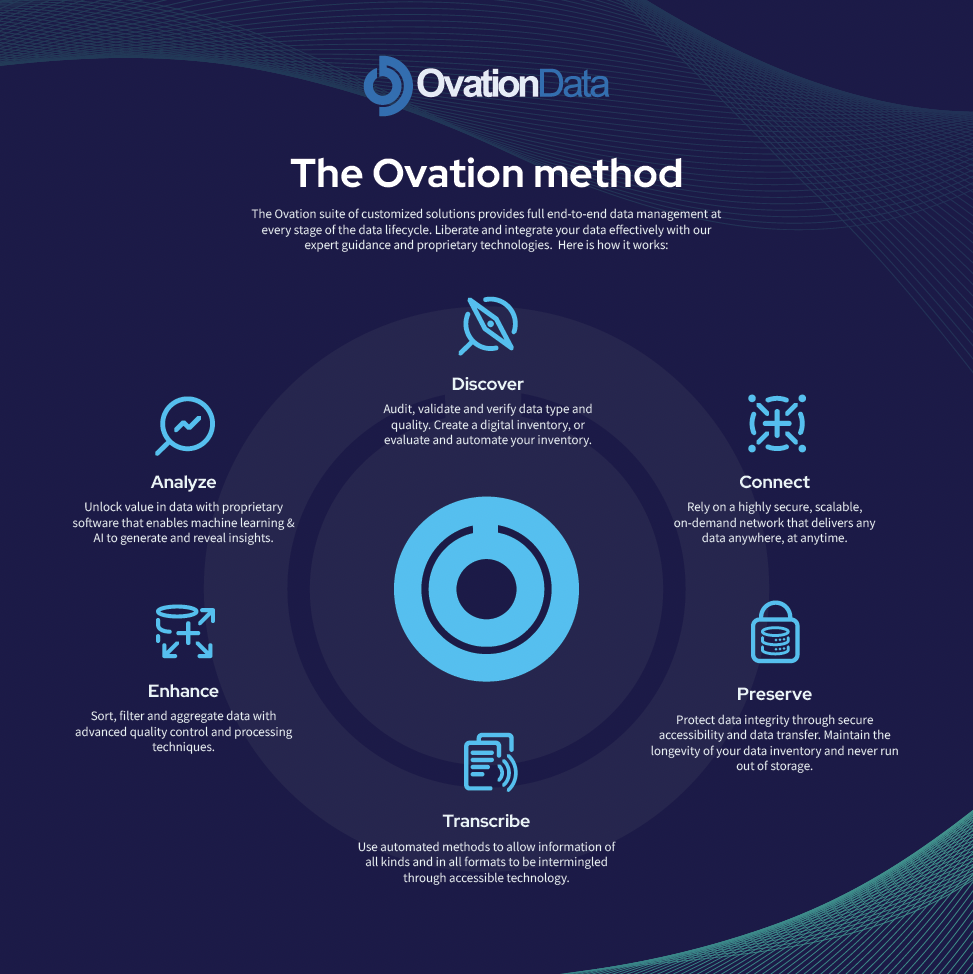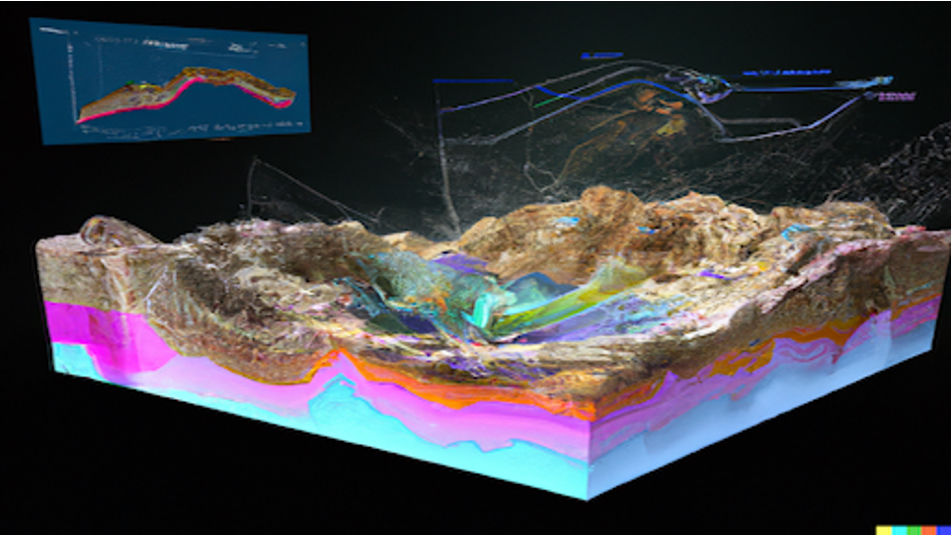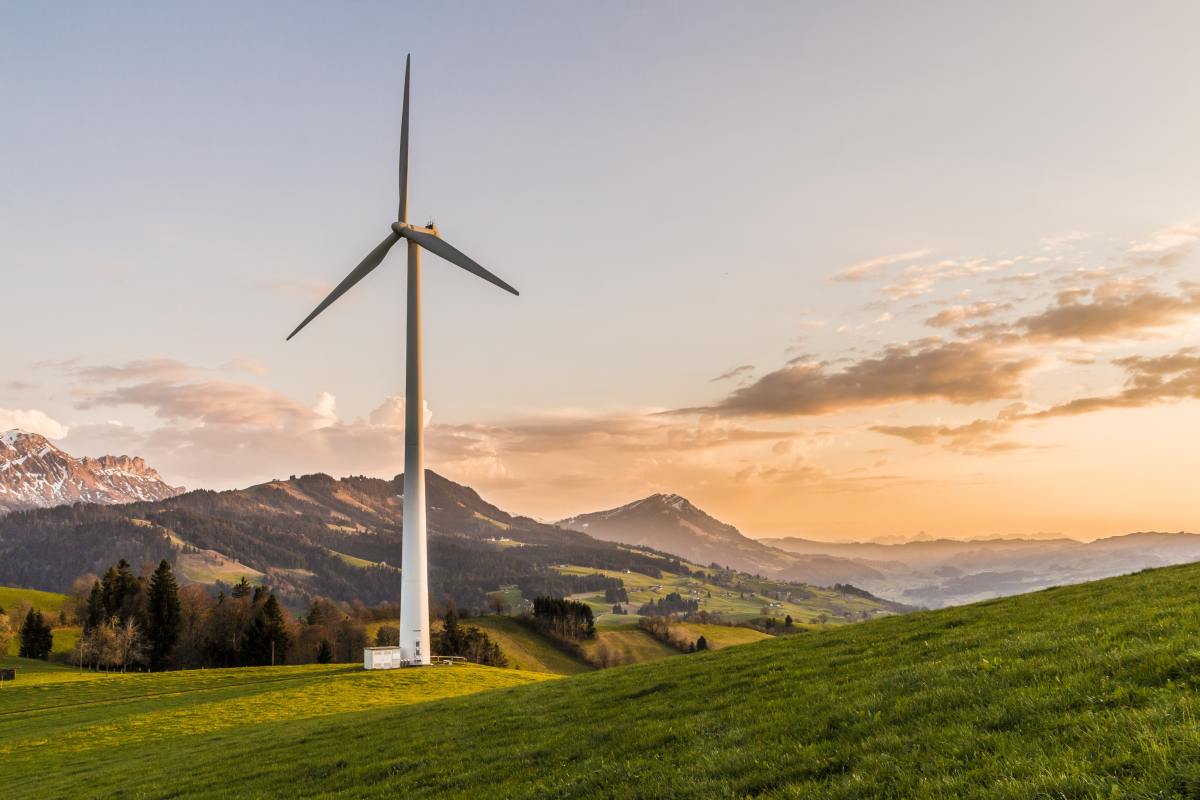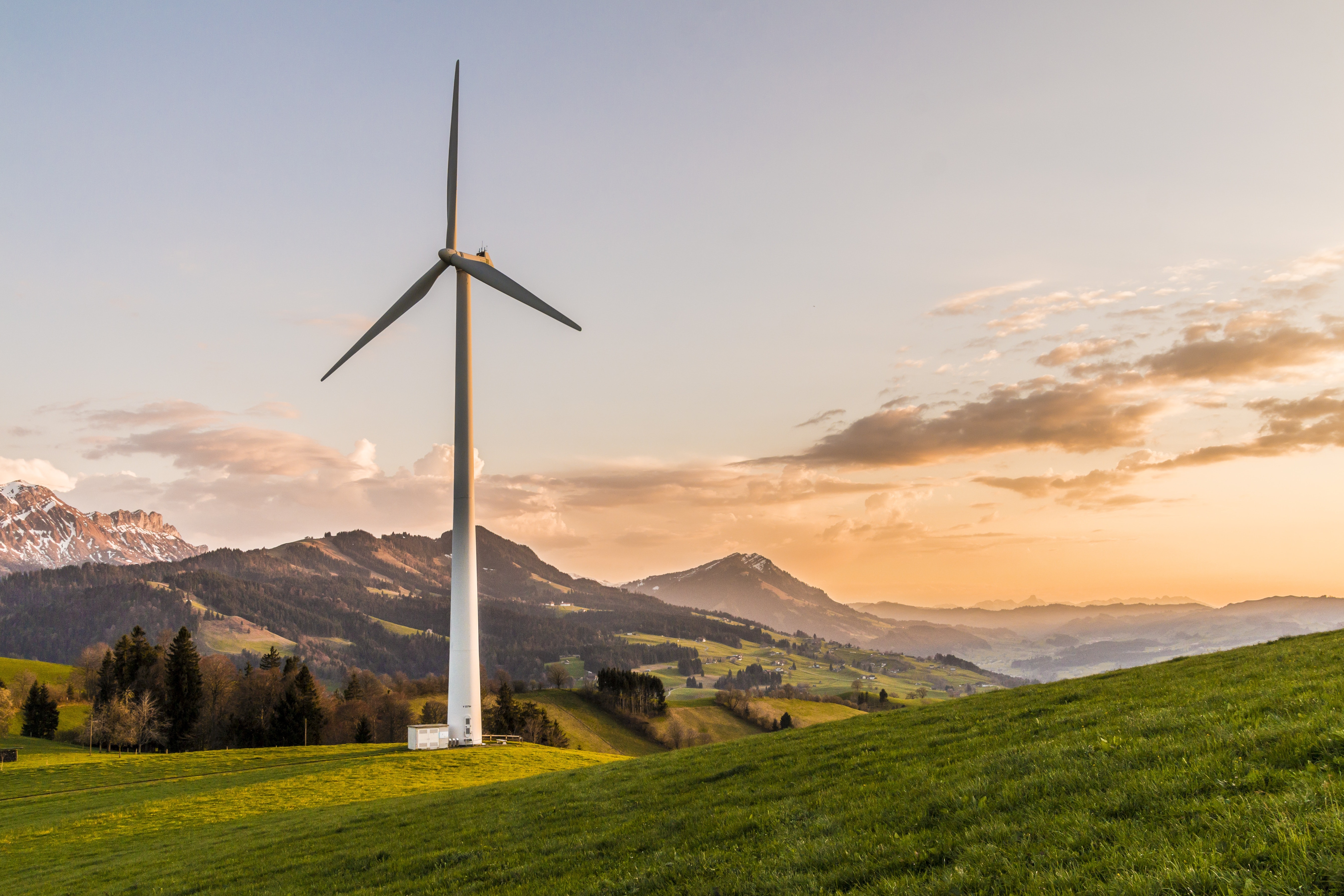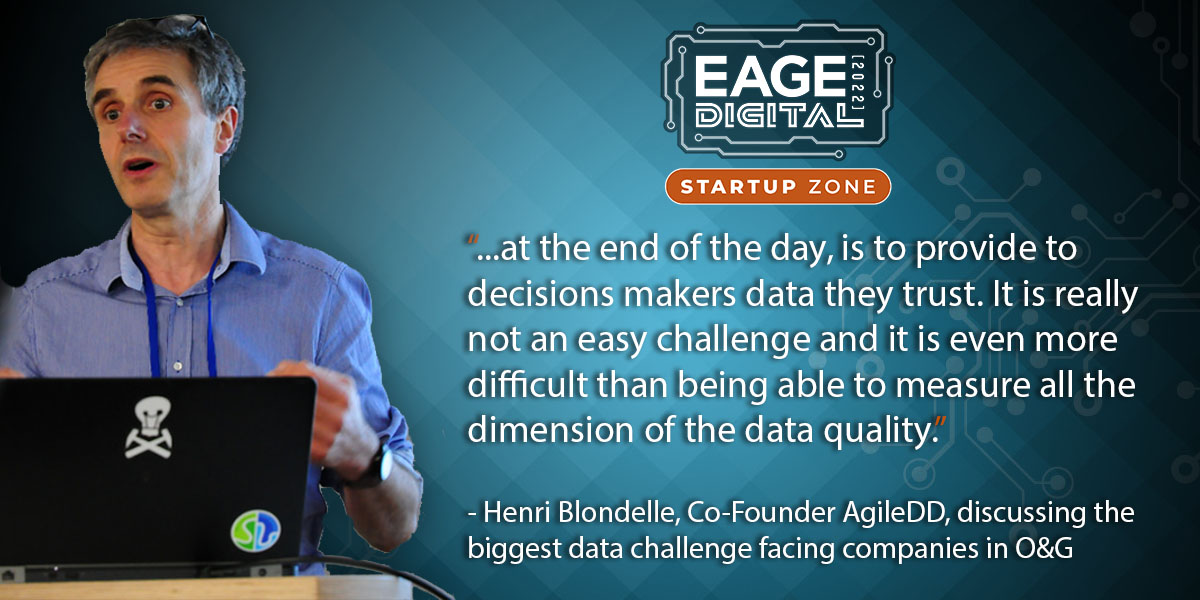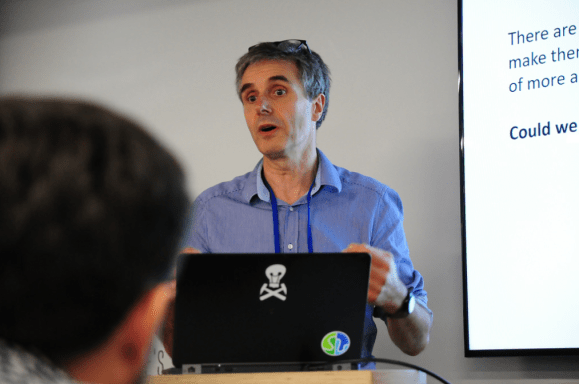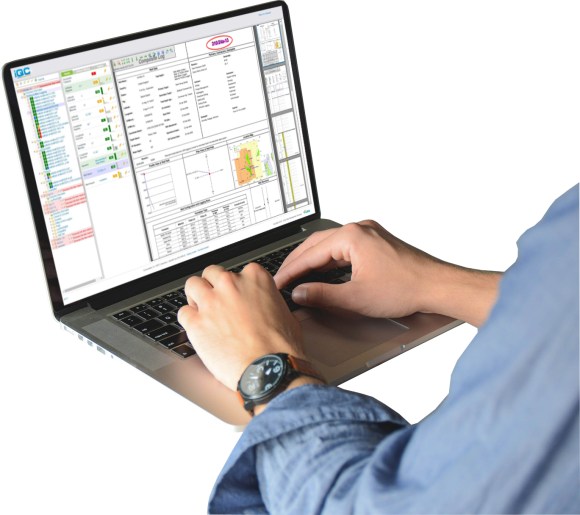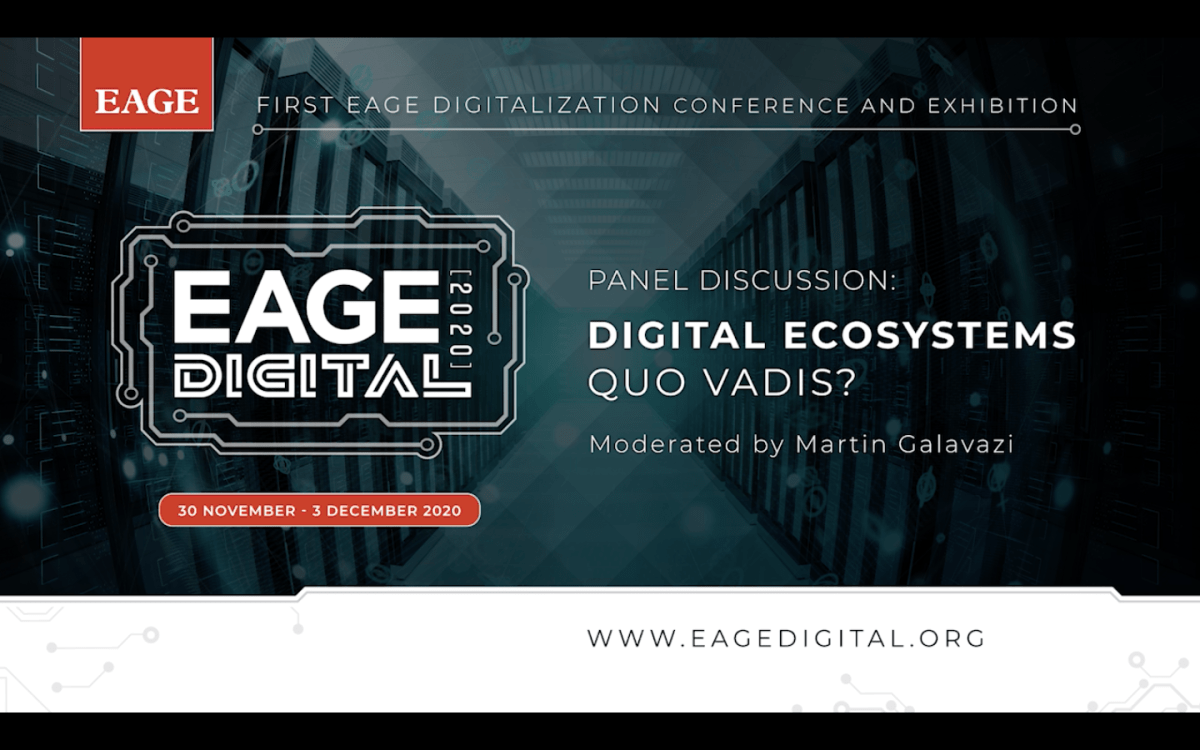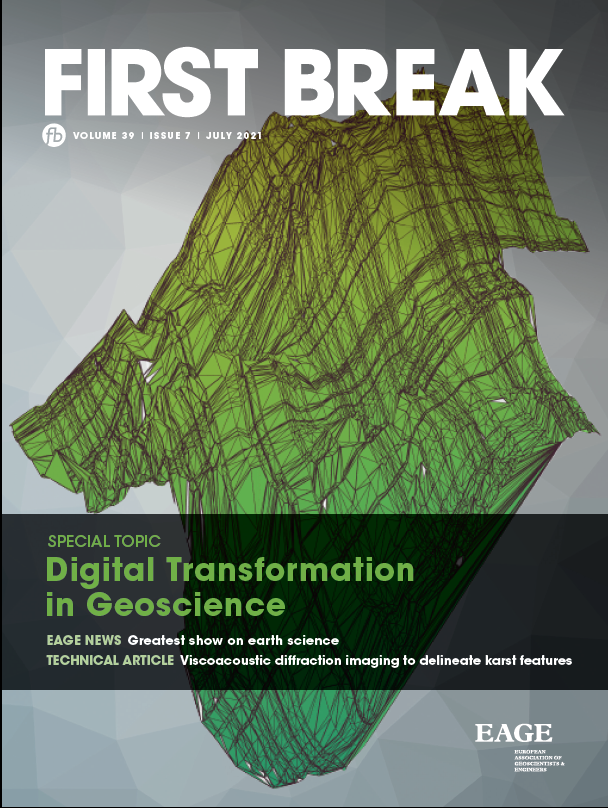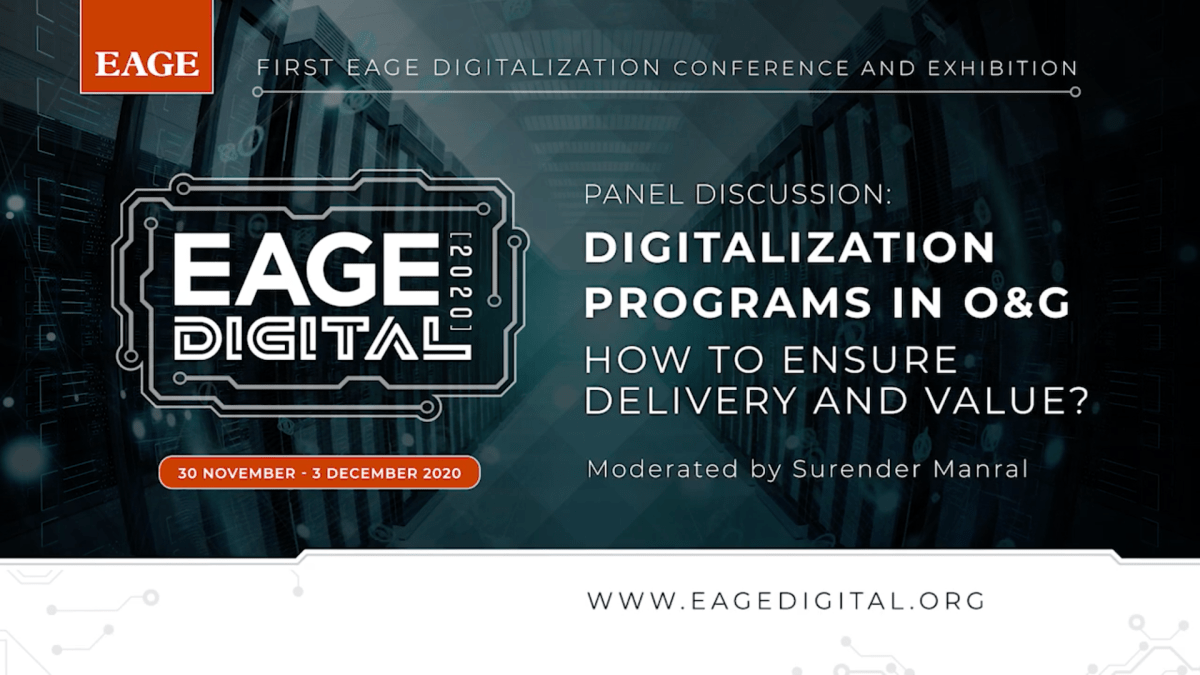 Change is underway
Change is underway
Most Oil & Gas (O&G) Companies aim for carbon neutrality in the coming decades by reducing greenhouse gas emissions (scope 1(1) and 2(2)). Achieving this requires maintaining existing systems (Oil & Gas) while accelerating the construction of tomorrow’s systems, centered on low-carbon energies, ensuring a smooth transition.
Siloed Workflows: A Roadblock to Industrial Transformation
However, in most cases, these organizations are decentralized, and many strategic workflows are fragmented and operate in silos. In their daily operations, Exploration and Production Engineers, Workers on Oil Rigs or Back Office operators are often forced to interact with several applications, channels, or data repositories in order to get their job done.
The result is a lack of agility and a loss of productivity. But above all, this situation generates very significant costs for the company, and even worse if Safety and Quality standards are not respected:
-
- Cost of an Oil exploration project: between 1 and 5 billion €
- Cost of a Platform shutdown: 1M€/day
- Maintenance costs of a wind/oil Platform: up-to 200K€/day
Workflow Automation and the Rise of the Autonomous Enterprise
To solve this issue, O&G Companies are increasingly deploying Workflow Automation tools that bring agility to their systems and help transition to a smarter, more automated approach that leads to an “Autonomous Enterprise”.
An Autonomous Enterprise can be characterized by an increased level of efficiency achieved through the automation of repetitive tasks, such as data entry or rule-based approvals. By becoming autonomous, companies can improve the speed and accuracy of their operations, and free up staff time to concentrate on higher value-added tasks. More recently we’ve seen the arrival of advanced solutions that combine Automation and Artificial Intelligence, so that business managers can make more informed decisions and avoid costly mistakes.
The Pega Enterprise Platform for AI-Optimized Strategic Decisions and Workflows
With the Pega Platform, workflow automation powered by AI can improve efficiency and decision-making in the energy sector. It can save time, increase transparency, and boost employee satisfaction and accountability.
Leveraging Pega’s Case Management capabilities, enterprises can improve data quality, mitigate risks, and strengthen governance. Case Management tackles challenges like high employee turnover and offers key benefits such as end-to-end management, simplified work, and traceability.
The Pega Enterprise Platform also supports complex business processes, covering the entire lifecycle of a Well. It enables standardization of workflow components, while allowing reuse and customization, all in alignment with the overall system’s cohesion and seamless integration.
Thanks to Pega’s low-code approach, users get more autonomy and agility to create applications without extensive coding. It enables rapid process development and customization, accelerating innovation.
Finally, Pega offers flexibility and security through its Cloud Choice and data governance features. It allows organizations to choose their deployment model, aligned to their data security imperatives. It therefore provides a flexible solution for cross-enterprise data integration and workflow optimization.
Several O&G Companies have already achieved outstanding outcomes deploying Pega:
- Anglo-Dutch Oil Company: E&P cost reduction via business processes standardization.
- Norwegian Oil and Wind Energy Company: Maintenance cost optimization.
- British Company specializing in offshore Oil extraction: Modernization & standardization of offshore business processes.
- American Oil Company: Simplified integration of legacy applications.
(1) Direct CO2 emissions: Linked to the production of gas and oil
(2) Indirect CO2 emissions: Linked to the consumption of gas or oil

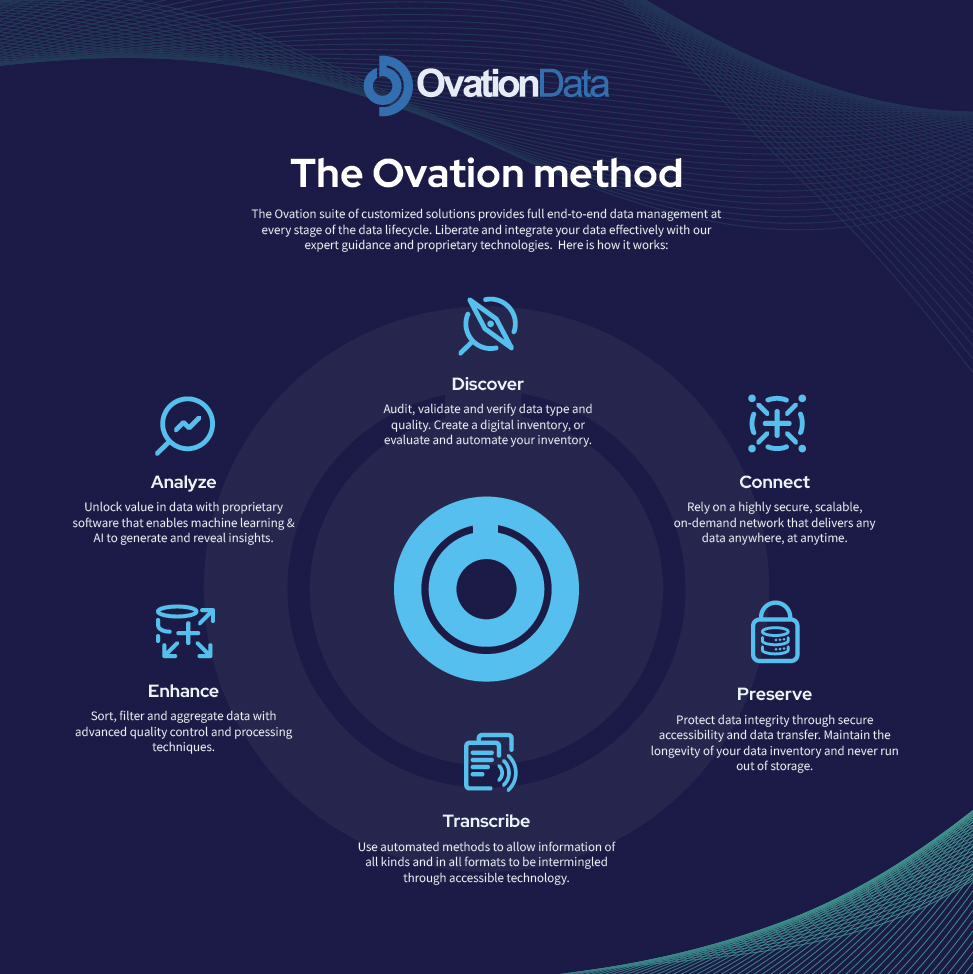
 Kami Keim is Director of Product Development at Ovation Data. Her 27+ years of experience within the oil & gas sector includes organizations such as Schlumberger, Equinor and Spinnaker Exploration. She has held leading roles in transforming information management strategies and was the custodian of one of the largest seismic databases in the Gulf of Mexico. Keim’s specialist expertise is in geophysical and geological data management and technology.
Kami Keim is Director of Product Development at Ovation Data. Her 27+ years of experience within the oil & gas sector includes organizations such as Schlumberger, Equinor and Spinnaker Exploration. She has held leading roles in transforming information management strategies and was the custodian of one of the largest seismic databases in the Gulf of Mexico. Keim’s specialist expertise is in geophysical and geological data management and technology.